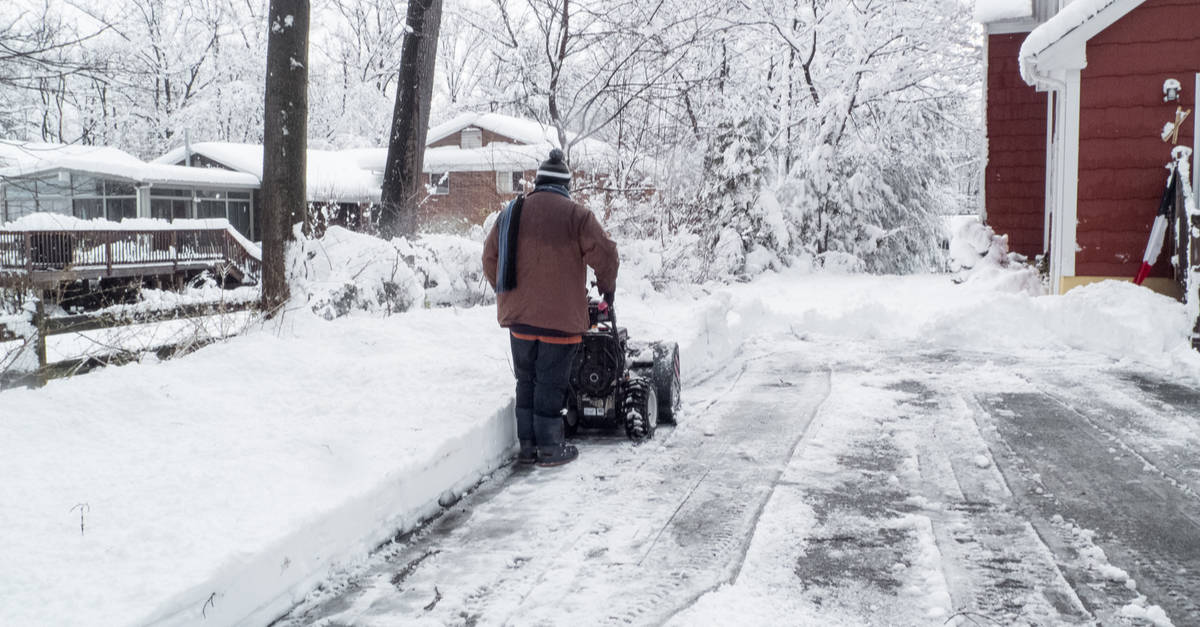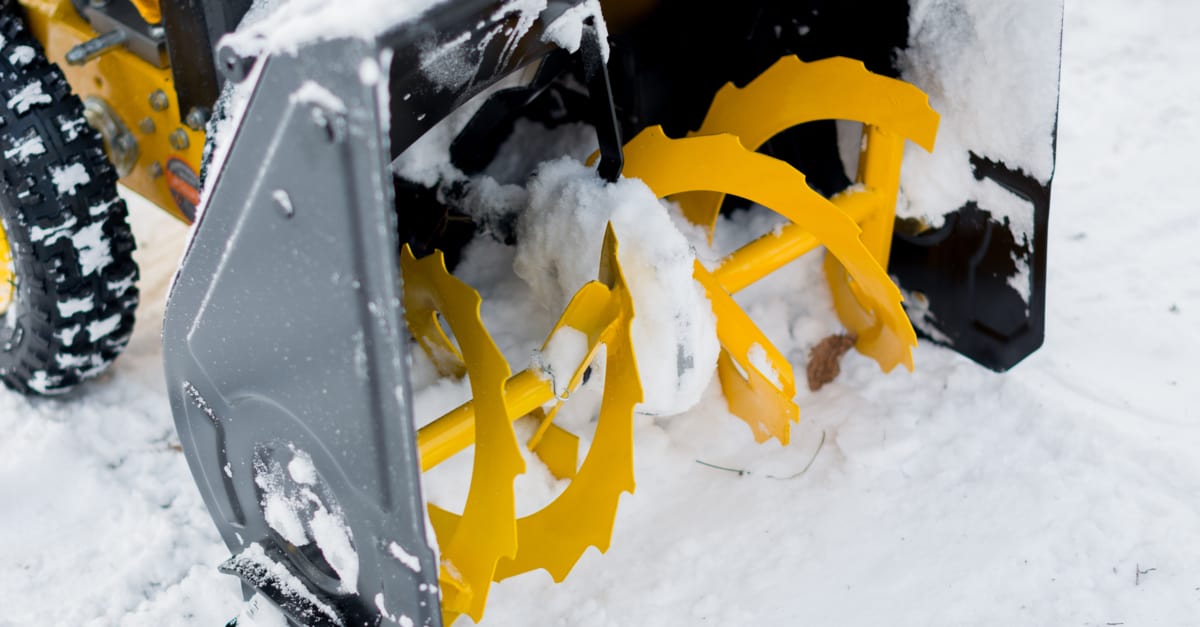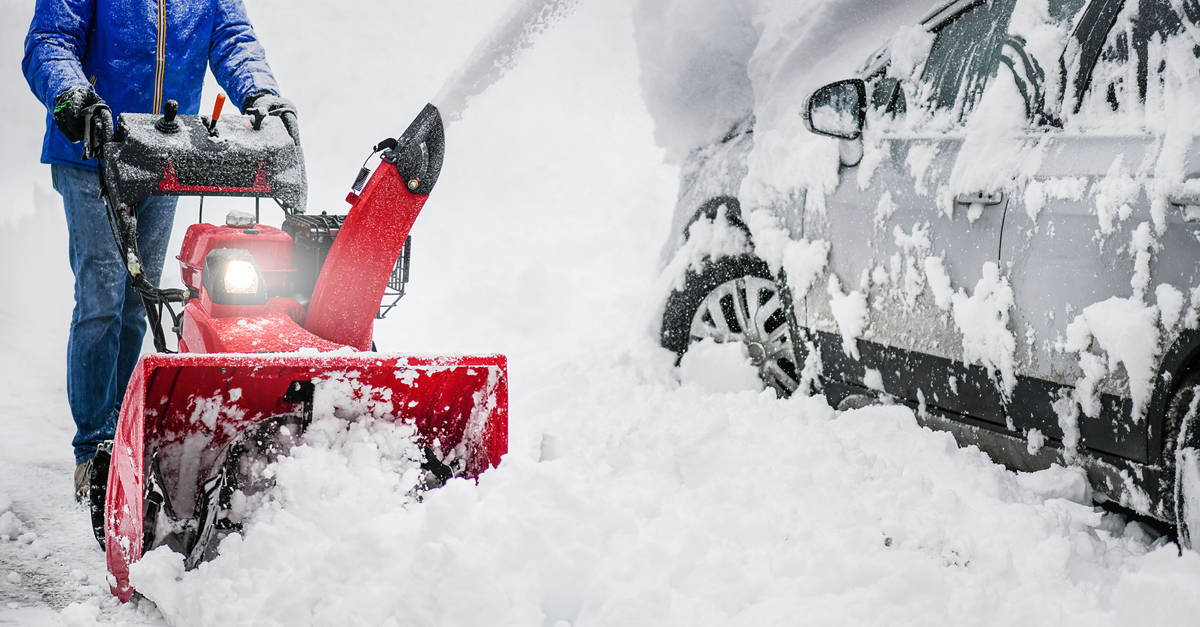I’ve been a gardening enthusiast since my early teens, and if I may say so, have sufficient experience in handling the worst.
However, nothing prepared me for the blizzard in Chicago. Picture this: a family sitting down for the Christmas roast and then, out of nowhere, comes the storm. Within minutes, the entire backyard turns into a glistening mass of snow.
It looked pretty, sure, but there was work to be done. After many failed attempts and with the help of everyone around, I managed to salvage the garden, thanks to a snowblower my sister had the good sense to keep handy.
On returning, I figured I couldn’t possibly be the only unfortunate soul in the world to have experienced this. There may be times when someone is in desperate need of a guide on how to use a snowblower when the snow is wet.
Hi, I’m Stacy Smith. And today, I’ll tell you everything you need to know about how to use a snowblower in wet snow.
Without further ado, let’s get started, shall we?

Tips on How to Use a Snowblower When the Snow is Wet
Before I go into the tricks of the trade, it’s important to mention that snowblowers are highly functional machines. But they must also be handled with equal precision and practice. So, in order to avoid unpleasant situations such as, well, getting your wrist stuck, take a while to familiarise yourself with the unit. It helps, trust me.
1. Select the Right Kind of Snowblower
Experience and technique will come to naught if you aren’t using the right type of machine. Snowblowers are of three types: single-stage, two-stage, and three-stage.
A single-stage blower may suffice if your yard is small or the area you live in does not receive heavy snowfall (I’m talking 9 inches and up). Also, it isn’t self-propelled, so it might be quite the task to drive it through dense, wet snow.
Two-stage snow blowers, on the other hand, are not only an upgrade from the former but they are also the ideal machines for the job. Equipped with power-assisted wheels, an impeller, and two elevated augers, they tackle wet snow with ease and save both time and effort.
All the parts work together to give you incredible results. Thanks to the wheels, covering large areas become child’s play and it’s also easy to traverse slopes. In terms of augers, two will always be better than one. Third, the impeller is terrific at blowing the snow far away and they also work with improved speeds than a single-stage blower.
If you’re a residential user, I certainly recommend a two-stage snowblower.
However, if it’s a very large area in question, you may want to consider a three-stage snowblower with an accelerator and an additional auger. For our recommendation of the best snowblowers for wet snow, read this guide.
2. Coat the Chute
Wet snow is sticky business, quite literally. And when there’s a lot of it to handle, your snowblower can easily clog.
Like I said before, it pays to be cautious when it comes to these machines. Hand injuries are common and they usually occur while trying to unclog the blower. So, in place of your hands, you’d rather make use of a tool, isn’t it?
However, the best thing to do in such cases is to wait for the snow to melt.
But if you haven’t got that kind of patience (I sure don’t), you could always use a non-stick coating on the chute. For this, a number of options are available such as Teflon-based sprays, silicone spray, WD-40, and ski wax. All work well for wet snow, though wax lasts longer even if it’s slightly time-consuming to apply it.
3. Slow Down

Rushing your way through wet snow is not only counterproductive, but also ensures that you end up with a clogged chute. Also, there’s the danger of wear-and-tear that snowblowers can be prone to.
These units are the most effective while moving in increments of one-third to half of their own width. If that sounds too slow, it’s smart to pause every five feet while removing the snow that accumulates on the machine. This is a method one could try in places where the snow cover isn’t too deep.
The other reason why it helps to pace yourself in wet snow is that overexertion in low temperatures can cause a variety of ailments such as those of the heart, high blood pressure, or diabetes. This is a result of blood vessels constricting and one is more prone to it while attempting strenuous tasks in the cold.
4. Throw the Snow as far as Possible
There are a number of ways to ensure that snow is thrown the farthest from its spot. Nobody wants to deal with wet snow twice.
For best results, it’s wise to take in less quantity of snow at a time. This way, the machine utilizes its full power on smaller loads, thus improving its throwing efficiency.
The second option is to go slow but at full throttle. At lower speeds, snowblowers take in lesser quantities of snow. So, set the shift lever of your self-propelled machine to a slower speed for optimum fuel efficiency and a time-sensitive performance.
What you could also do, and this is my favorite, is simply raise the chute diverter to the highest. It’s simple logic, the dispersed snow is likely to travel farther if it’s in the air for longer.
5. Clear the Snow When it's Still Fresh
As a last tip, I’d suggest you set about tackling wet snow when it has newly set. This is because it takes little time for it to melt, which is when the task gets progressively difficult. The crack of dawn is preferable, though slightly inconvenient.
If not dawn, then do ensure that you get to it before the cover reaches 6 inches in depth. Even the best of snowblowers will start to dwindle in efficiency once it’s above that limit.

Final Words
Tackling wet snow isn’t the easiest of tasks. Despite years of practice and dedication, I dread that time of the year when blizzards and snowfall are rampant. However, the tips mentioned above are the ones I swear by, and they also ensure that your snowblower remains good as new for a long time to come.
So, go ahead and blow that wet snow right out; it’s easier than it looks. Till next time!
